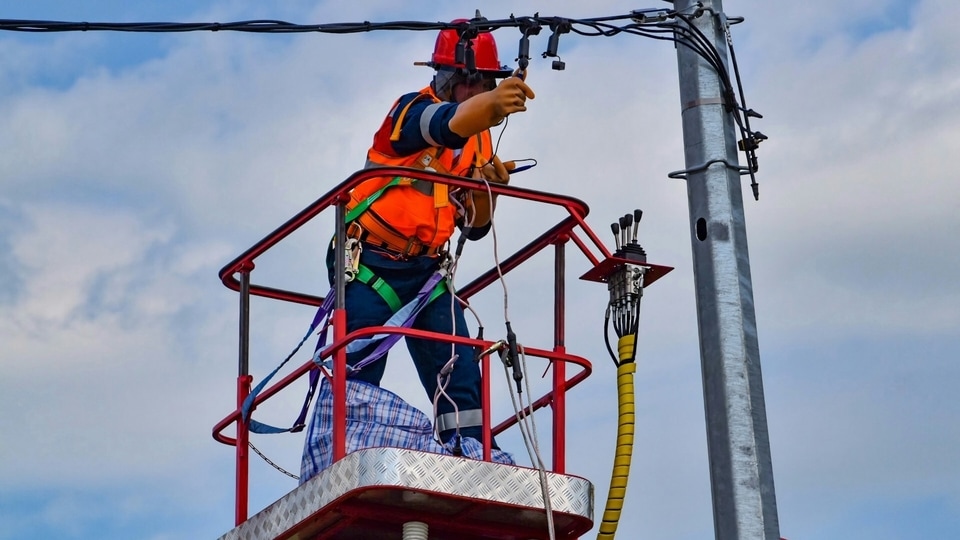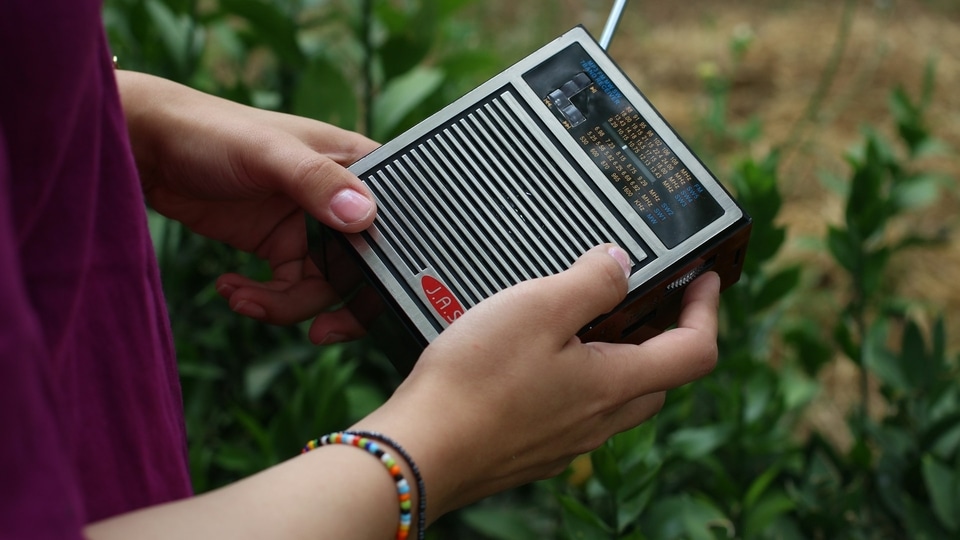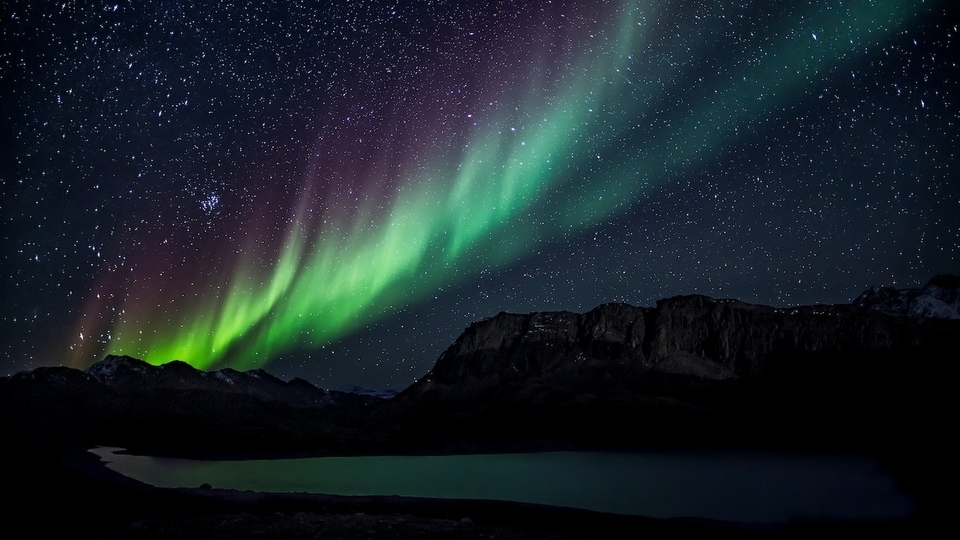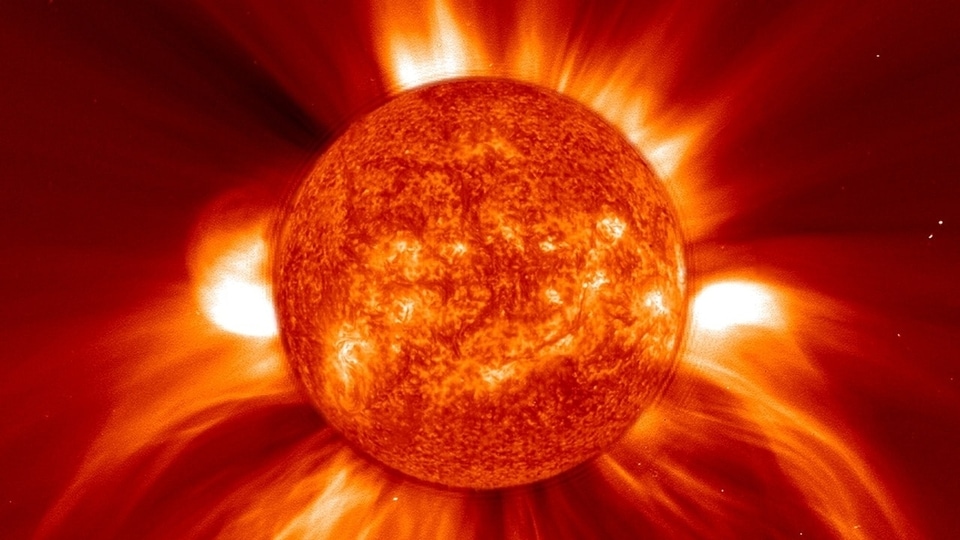Solar storm watch: Geomagnetic storm on the cards today due to possible CME impact
Forecasters have revealed that a strong Coronal Mass Ejection (CME) has been spewed out by the Sun and that it could strike Earth soon, triggering a geomagnetic storm. Know all about this solar storm alert.






 View all Images
View all ImagesSolar storm watch: Just a few days ago, Sunspot AR3559 posed a threat of X-class solar flares due to the ‘beta-gamma-delta' magnetic field. This development came amidst a new forecast for solar cycle 25 released by the National Oceanic and Atmospheric Administration (NOAA). As per the predictions, the solar cycle is expected to peak at an intensity stronger than previously anticipated. Now, forecasters have revealed that a Coronal Mass Ejection (CME) could strike Earth soon and it might trigger a geomagnetic storm. Know all about this solar storm alert.
Also Read: Sunspot could hurl out X-class solar flares
Solar storm watch
According to a SpaceWeather report, NOAA forecasters say that a CME might graze Earth's magnetic field today, March 14. This could trigger a minor G1-class geomagnetic storm. That said, no auroras are expected to be seen.
The report states, “Today, geomagnetic activity is low and the forecast calls for no bright auroras. However, a change may be in the offing. NOAA forecasters say that a CME might graze Earth's magnetic field on March 14th. A minor G1-class geomagnetic storm could result from the low-probability impact.”
In recent weeks, solar activity has increased due to a phenomenon known as the Russell-McPherron effect. During this period, the Sun is directly above the equator, causing the day and night to be of the same duration. As a side effect, there is semiannual variation in the effective southward component of the interplanetary field. Cracks form in the Earth's magnetic field which could allow even weak solar winds to seep through, says NASA. This means even weak solar flares and CMEs can trigger geomagnetic storms and solar storms.
Also Read: NASA prepares for solar storm surge as new research unravels complexity of solar phenomena
Are G1-class geomagnetic storms dangerous?
NASA says G1-class geomagnetic storms are considered minor storms and do not cause much damage. While they aren't powerful enough to damage satellites or disrupt the mobile network, these geomagnetic storms can still cause radio blackouts.
One more thing! We are now on WhatsApp Channels! Follow us there so you never miss any updates from the world of technology. To follow the HT Tech channel on WhatsApp, click here to join now!
Catch all the Latest Tech News, Mobile News, Laptop News, Gaming news, Wearables News , How To News, also keep up with us on Whatsapp channel,Twitter, Facebook, Google News, and Instagram. For our latest videos, subscribe to our YouTube channel.
































